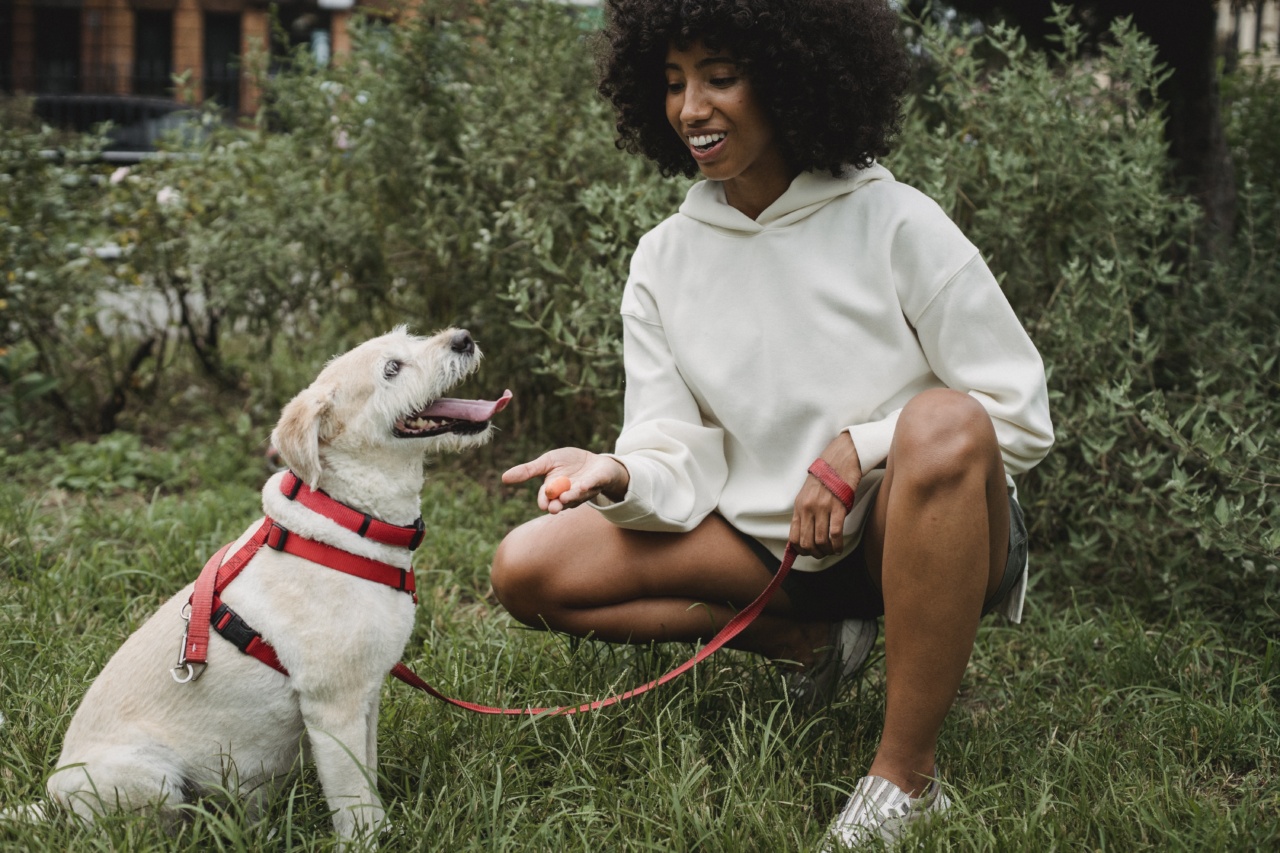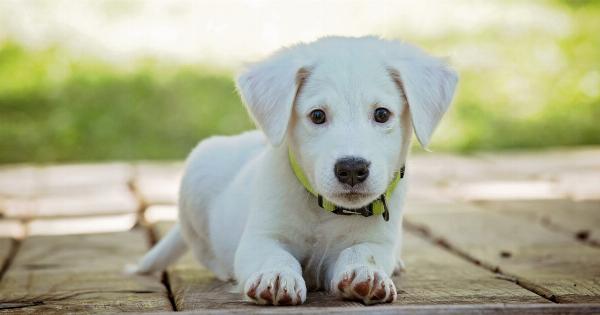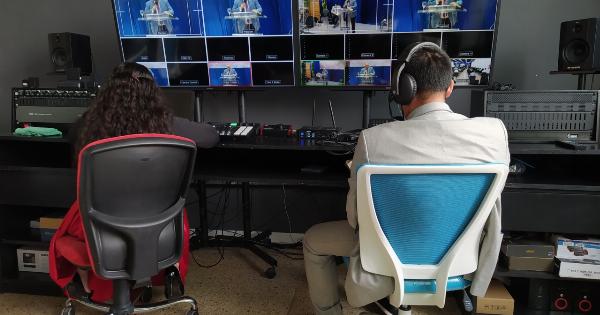Anyone who has ever owned a dog has likely experienced the phenomenon of “puppy eyes.” It’s that irresistible look our furry friends give us, often when they want something or are trying to express their emotions.
But what exactly is the reason behind this behavior? In this article, we will delve into the fascinating world of dog behavior and explore the reasons why dogs give us those adorable puppy eyes.
The Power of Facial Expressions
Dogs, similar to humans, have the ability to communicate through facial expressions. While they lack the complex range of emotions that humans possess, their facial muscles still allow them to convey certain emotions and needs.
Puppy eyes, with their big, innocent-looking eyes and raised eyebrows, are just one of the many ways dogs communicate with us.
The Evolutionary Advantage
Scientists believe that the captivating “puppy eyes” expression is a result of domestication. Over thousands of years, dogs have learned that certain facial expressions can help them manipulate humans into providing what they need.
It is believed to be an evolutionary advantage that has helped dogs survive and thrive alongside humans.
Emotional Manipulation
One of the main reasons dogs give us puppy eyes is to emotionally manipulate us. They have learned that this expression triggers a nurturing response in humans, making us more likely to pay attention to them and provide them with what they want.
It can be a learned behavior that dogs quickly figure out to get their needs met.
Bonding and Trust
Another reason dogs use the puppy eyes expression is to strengthen their bond and build trust with their human companions. Studies have shown that dogs who use this expression often have closer relationships with their owners.
By making themselves vulnerable through their innocent gaze, dogs are able to create deeper emotional connections with their human counterparts.
Communication of Needs
Dogs are not able to use words to communicate their needs, so they rely heavily on non-verbal cues and body language. The puppy eyes expression can act as a way for dogs to communicate that they are hungry, tired, or in need of affection.
By making themselves look vulnerable, dogs are able to convey their needs in a way that is easily recognizable to humans.
Past Experiences
It’s important to note that not all dogs use the puppy eyes expression equally.
Some dogs may have learned through past experiences that this particular facial expression is more effective in getting their needs met, while others may have developed different strategies. Just like humans, dogs can have individual preferences and unique ways of communicating.
Responding to Puppy Eyes
As dog owners, it can be challenging to resist those adorable puppy eyes. However, it’s essential to strike a balance between meeting our dogs’ needs and not reinforcing undesirable behavior.
While it’s important to provide our furry friends with the care and attention they require, it’s equally important to establish boundaries and not give in to every request they make with their innocent gaze.
The Science Behind the Look
Research has shown that when dogs use the puppy eyes expression, their levels of oxytocin, commonly known as the “love hormone,” increase. This hormone is associated with bonding and attachment.
It not only affects the dog but also has a positive impact on humans, promoting feelings of empathy and affection towards our four-legged companions.
An Unbreakable Bond
The puppy eyes phenomenon is just one of the many ways dogs have managed to form an unbreakable bond with humans. Through their adorable expressions and loving personalities, dogs have become some of our most trusted and loyal companions.
It’s no wonder they hold a special place in our hearts and homes.
Conclusion
The “puppy eyes” that dogs give us are indeed a result of their evolutionary journey alongside humans.
Through emotional manipulation, communication of needs, and the desire to create strong bonds, dogs have learned to use this expression to their advantage. As dog owners, it’s important to understand the reasons behind their behavior and respond appropriately, while also cherishing the unique connection we share with our furry friends.































